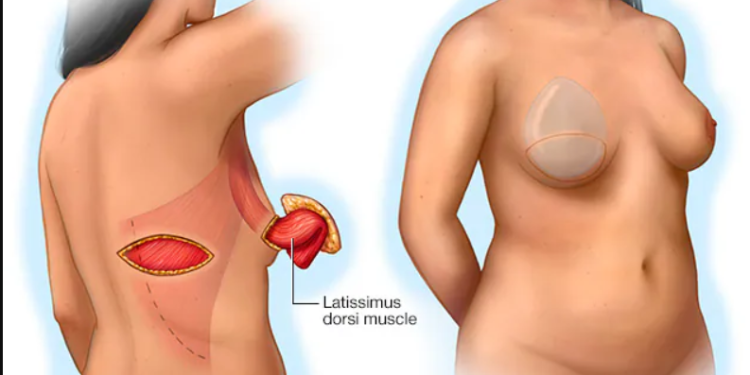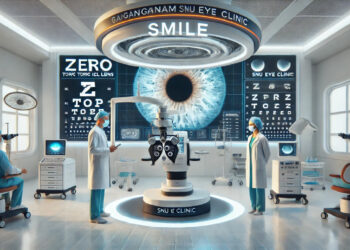Breast cancer, while a formidable adversary, is no longer synonymous with defeat. With advancements in medical science and the evolution of surgical techniques, women facing mastectomy due to breast cancer or other conditions have an opportunity for physical and emotional restoration through breast reconstruction surgery. In this article, we embark on a journey to explore the transformative world of breast reconstruction surgery, shedding light on its intricacies, impact, and the hope it offers for rebuilding lives.
The Journey Begins: Understanding Breast Reconstruction Surgery
Breast reconstruction surgery is a multifaceted procedure aimed at restoring the shape, symmetry, and appearance of one or both breasts following mastectomy or lumpectomy. It is a deeply personal decision for each woman, influenced by factors such as medical history, cancer treatment plan, body shape, and personal preferences.
Types of Breast Reconstruction
There are several approaches to breast reconstruction surgery, each offering unique benefits and considerations:
- Implant-Based Reconstruction: In this method, saline or silicone implants are used to recreate the shape and volume of the breast. The implants may be placed immediately after mastectomy (immediate reconstruction) or at a later date (delayed reconstruction).
- Autologous Tissue Reconstruction: Also known as flap reconstruction, this technique utilizes tissue from other parts of the body, such as the abdomen, back, or buttocks, to reconstruct the breast mound. Common flap procedures include the TRAM flap, DIEP flap, and latissimus dorsi flap.
- Combination Reconstruction: Some women may benefit from a combination of implant-based and autologous tissue reconstruction techniques to achieve optimal results. This approach may be recommended in cases where additional tissue support or refinement is needed.
The Impact of Breast Reconstruction
Beyond physical restoration, breast reconstruction surgery has a profound impact on the emotional well-being and quality of life of breast cancer survivors. For many women, the opportunity to regain a sense of wholeness and femininity after mastectomy is empowering and liberating. Breast reconstruction can help alleviate feelings of loss, insecurity, and self-consciousness, allowing women to embrace their bodies and reclaim their confidence.
Navigating the Decision-Making Process
Choosing to undergo breast reconstruction surgery is a deeply personal decision that requires careful consideration and discussion with healthcare providers, including breast surgeons, plastic surgeons, and oncologists. Factors to consider include:
- Individual health status and cancer treatment plan
- Desired outcome and aesthetic goals
- Potential risks and complications associated with surgery
- Recovery process and timeline
- Emotional readiness and support system
Support and Resources
Navigating the journey of breast reconstruction surgery can be overwhelming, but no woman has to face it alone. There are numerous resources available to provide support, guidance, and encouragement throughout the process. Support groups, online forums, and nonprofit organizations dedicated to breast cancer awareness and advocacy offer invaluable resources, information, and connections to fellow survivors who have walked the same path.
Conclusion: Embracing Hope and Healing
Breast reconstruction surgery represents a beacon of hope and healing for women affected by breast cancer. It is a testament to the resilience of the human spirit and the power of modern medicine to restore not only bodies but also lives. By exploring the diverse world of breast reconstruction surgery, we gain insight into the transformative journey of rebuilding lives, reclaiming confidence, and embracing the beauty of resilience.






